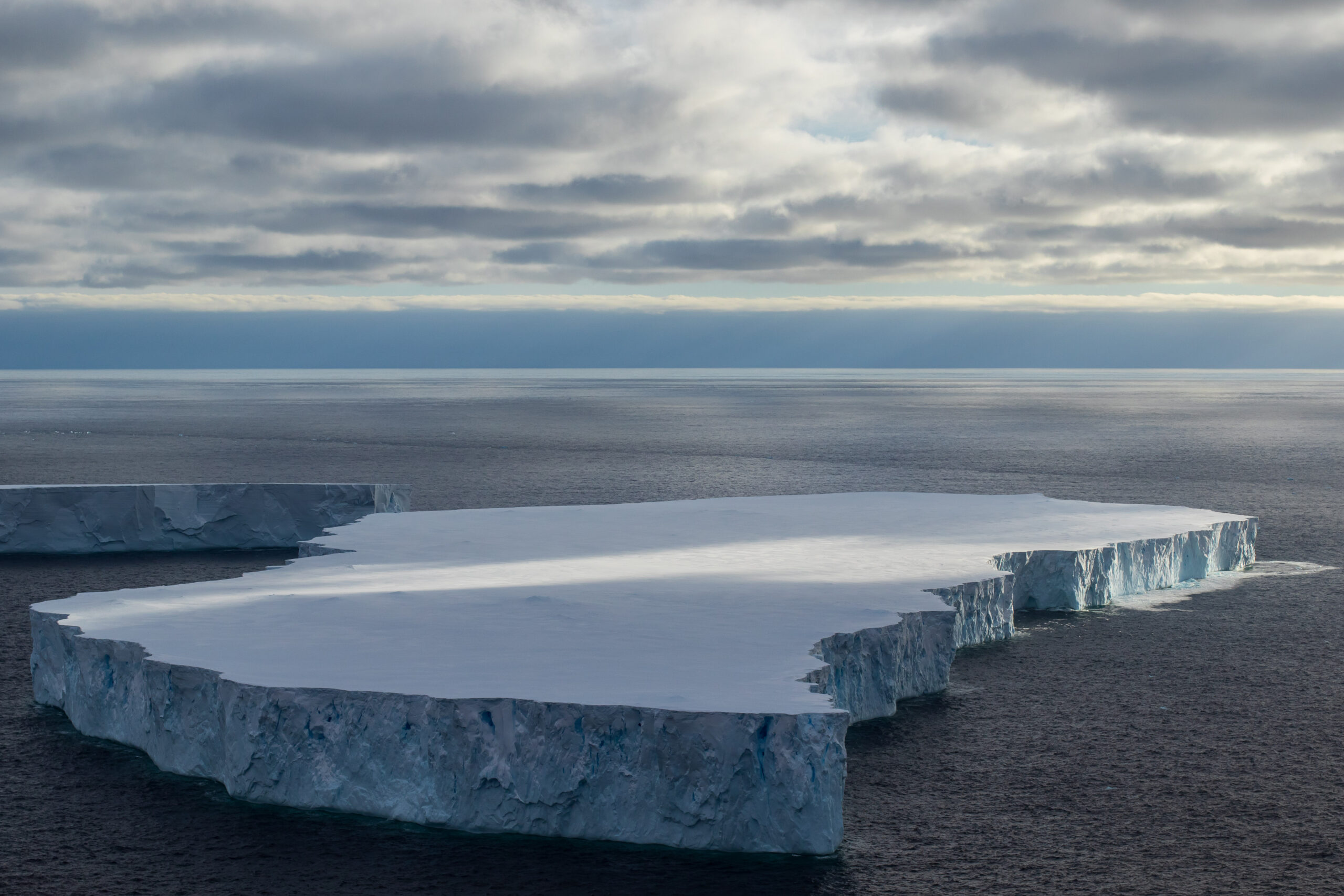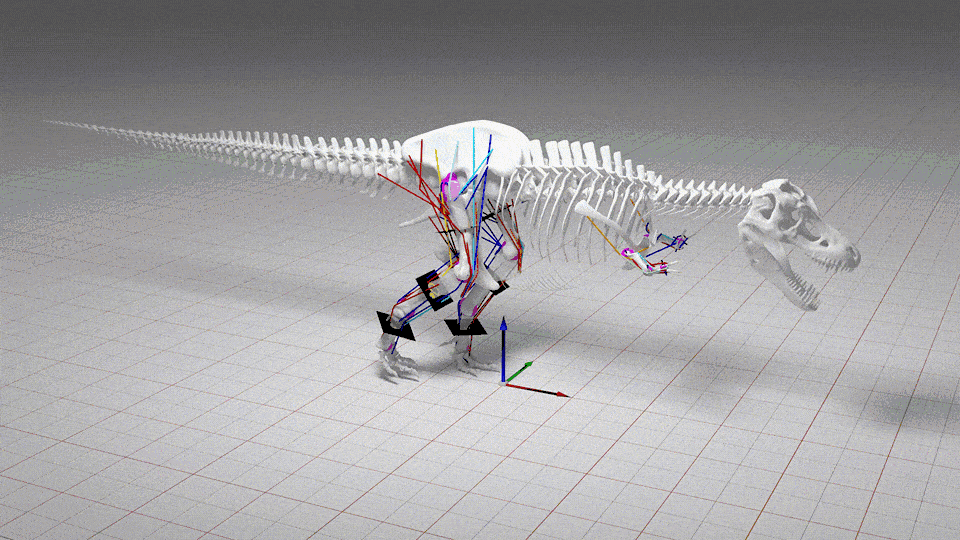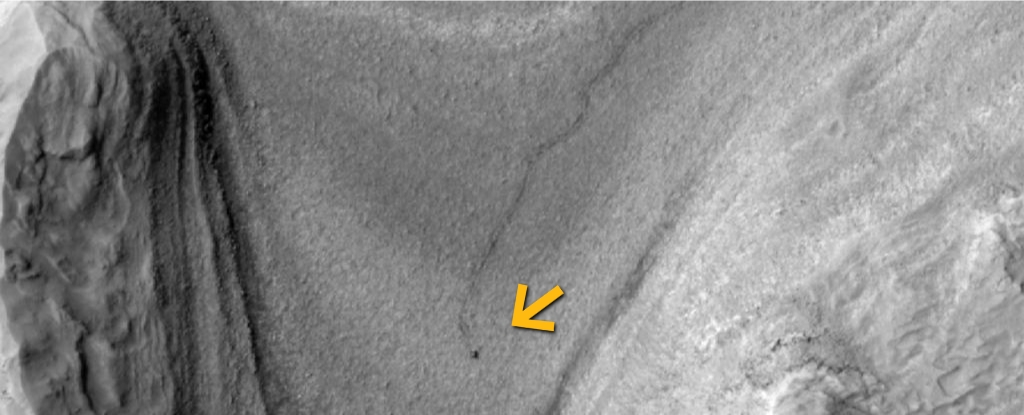
Global Science Titans Unite: Groundbreaking Collaborative Research Initiative Launches
Groundbreaking Antarctic Research Initiative Launches with £8.4 Million Investment
Cambridge, 28 April 2025 - Climate scientists and researchers are buzzing with excitement as the British Antarctic Survey (BAS) prepares to unveil its most ambitious research program to date. The PRESCIENT programme, a cutting-edge £8.4 million scientific endeavor, is set to kick off with a pivotal two-day meeting this week.
This landmark initiative promises to push the boundaries of Antarctic research, bringing together some of the world's most brilliant minds to tackle critical environmental challenges. The comprehensive program aims to provide unprecedented insights into the complex dynamics of the Antarctic region and its global environmental implications.
Researchers and stakeholders will converge at the BAS headquarters to discuss the program's strategic objectives, innovative methodologies, and potential breakthrough discoveries that could reshape our understanding of climate science.
The launch of PRESCIENT represents a significant milestone in international scientific collaboration, demonstrating the United Kingdom's commitment to understanding and addressing global environmental changes.









